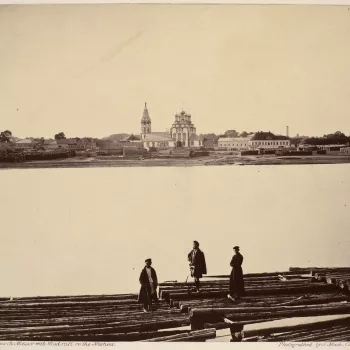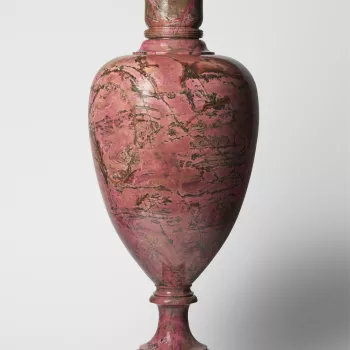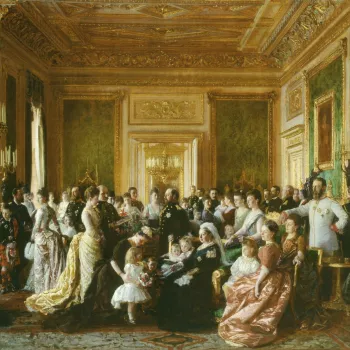
The exhibition
The earliest links between Great Britain and Russia were formed in the mid-sixteenth century through trade. These links developed into political and military alliances, particularly during the Napoleonic Wars (1803–15). In the nineteenth century, dynastic marriage and family ties dominated relations between the two countries. Works of art of all kinds – from grand diplomatic gifts to intimate, and personal, mementos – have richly documented the relationship. Beginning with the visit of Peter the Great in 1698, the first Russian ruler to set foot on English soil, they mark significant moments of contact between Great Britain and Russia. These works of art are exhibited together for the first time and tell the story of the complex interconnection between two great countries and their rulers over more than three hundred years.




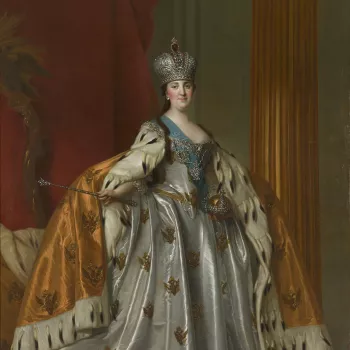
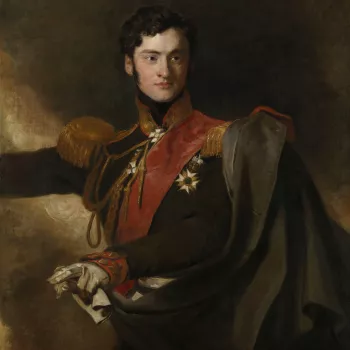

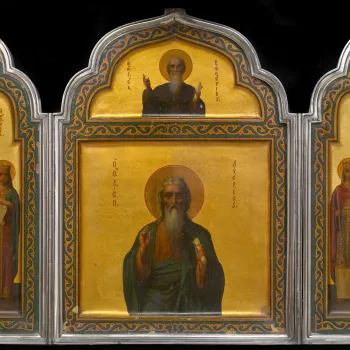
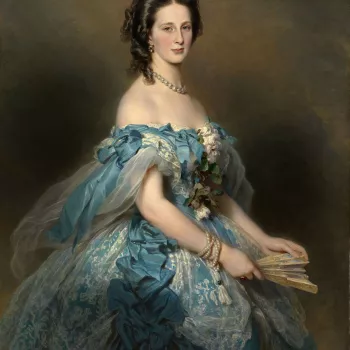
![Marie, Duchess of Edinburgh, Grand Duchess of Russia (1853-1920) On 18 January 1874, Queen Victoria, writing from Osborne House, recorded that the ‘Feldjäger’ (the Queen’s messenger) had arrived, bringing ‘the long expected portrait of her [Maria], which is a gift from the Emperor. It is a](https://cmsadmin.rct.uk/sites/default/files/styles/rctr_scale_crop_350_350/public/835091-1540204442.jpg.webp?itok=zrzlJPWr)
